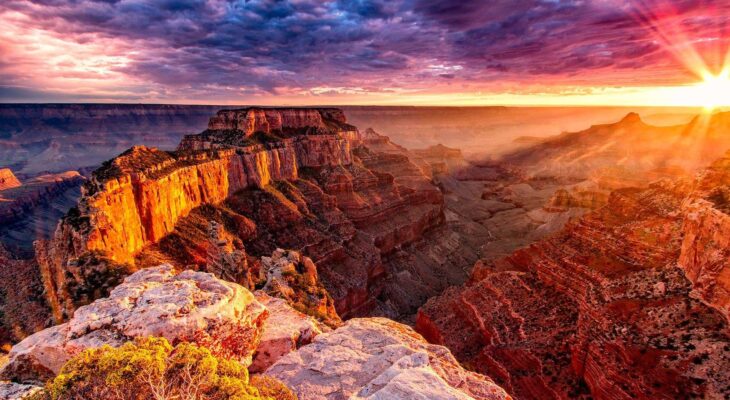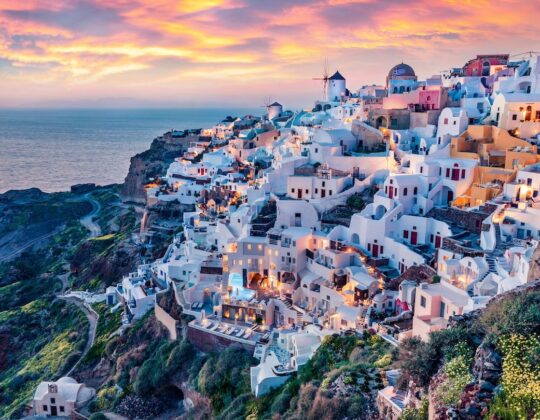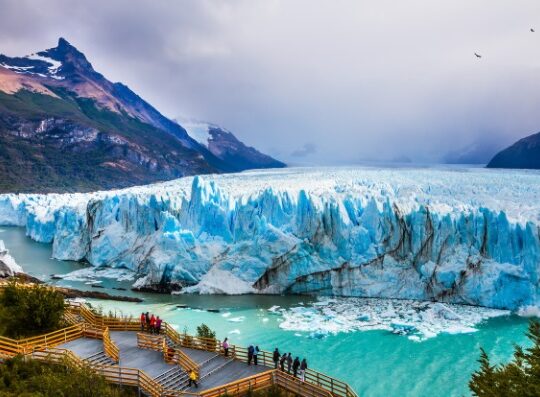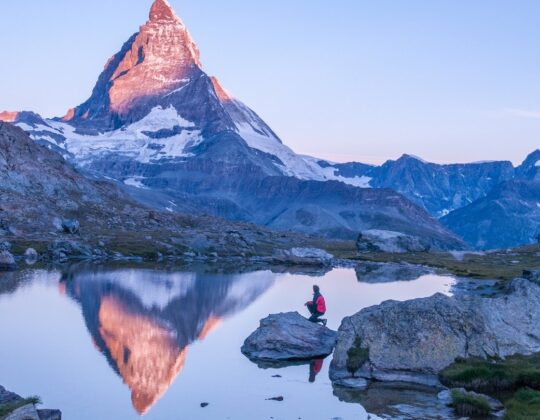Grand Canyon National Park, a crown jewel of the American Southwest, stands as a testament to the awe-inspiring power of nature and the sculpting forces of time. Carved by the mighty Colorado River over millions of years, the Grand Canyon is a geological masterpiece that enchants visitors with its vastness, rugged beauty, and rich cultural history. In this review, we explore the grandeur of Grand Canyon National Park, from its iconic viewpoints to the depths of its ancient rock formations, inviting travelers to experience the magic of one of the world’s most extraordinary natural wonders.
South Rim: Panoramic Splendor and Iconic Vistas:
The South Rim of the Grand Canyon is the most visited and easily accessible section of the park, offering panoramic views and iconic vistas that leave a lasting impression. Mather Point, Yavapai Point, and Hopi Point provide breathtaking overlooks, allowing visitors to marvel at the vastness of the canyon and the layered rock formations that tell the story of millions of years of Earth’s history.
The Grand Canyon Village, perched on the South Rim, serves as the gateway to the park and offers a range of visitor services, including accommodations, dining, and the historic El Tovar Hotel. Walking along the Rim Trail, visitors can savor the changing colors of the canyon as the sunlight dances across the rock formations.
Bright Angel Trail: Descending into the Depths:
For those seeking a more immersive experience, the Bright Angel Trail offers a journey into the depths of the canyon. Descending from the South Rim, the trail winds its way through colorful rock layers, revealing ancient geological formations and providing glimpses of the Colorado River below.
Indian Garden and Plateau Point along the Bright Angel Trail offer rewarding stopping points, allowing hikers to rest and appreciate the scale of the canyon. While the ascent is challenging, the trail provides an opportunity to witness the diverse ecosystems and geological features that make the Grand Canyon a living testament to Earth’s geological evolution.
North Rim: Remote Tranquility and Alpine Splendor:
The North Rim of the Grand Canyon offers a contrasting perspective, characterized by remote tranquility and alpine splendor. While less visited than the South Rim, the North Rim provides equally stunning views and a more serene atmosphere. Point Imperial and Cape Royal offer some of the most breathtaking overlooks, allowing visitors to gaze into the depths of the canyon.
The North Rim Lodge, perched on the edge of the canyon, provides a rustic yet comfortable retreat for those seeking a more secluded experience. The cooler temperatures and lush forests of the North Rim create a unique environment, inviting visitors to explore the trails and connect with the pristine wilderness that surrounds the canyon.
Havasu Falls: Turquoise Oasis in the Desert:
Located within the Havasupai Indian Reservation, Havasu Falls is a hidden gem within the Grand Canyon, known for its stunning turquoise waters and cascading waterfalls. Accessible by a challenging hike or helicopter ride, Havasu Falls rewards adventurous visitors with a mesmerizing oasis in the heart of the desert landscape.
The Havasupai people, the guardians of this sacred land, welcome visitors to experience the beauty of their ancestral home. Camping near the falls allows for a tranquil and immersive encounter with the natural wonders that make Havasu Falls a unique and cherished destination within the Grand Canyon.
Grand Canyon Skywalk: A Thrilling Perspective:
For those seeking an adrenaline-fueled experience, the Grand Canyon Skywalk, located on the Hualapai Reservation, provides a thrilling perspective of the canyon. The horseshoe-shaped glass bridge extends over the edge, offering unobstructed views of the canyon floor nearly 4,000 feet below. The Skywalk is a modern marvel that adds an exhilarating dimension to the timeless beauty of the Grand Canyon.
Cultural History and Preservation:
The Grand Canyon is not only a geological wonder but also a repository of rich cultural history. The ancestral Puebloans, Havasupai, and other Native American tribes have called the canyon home for thousands of years, leaving behind a legacy of dwellings, artifacts, and spiritual significance.
Preservation efforts led to the establishment of Grand Canyon National Park in 1919, ensuring the protection of its natural and cultural resources. The park’s cultural heritage is celebrated through interpretive programs, ranger-led talks, and the Desert View Watchtower, a structure inspired by Native American architecture that provides insights into the canyon’s cultural significance.
Stargazing: Celestial Symphony over the Canyon:
As night falls, the Grand Canyon transforms into a celestial canvas, showcasing a breathtaking display of stars and planets. The absence of light pollution in the remote wilderness surrounding the canyon allows for unparalleled stargazing opportunities. Desert View, with its expansive views and clear skies, is a prime location for witnessing the celestial symphony above the canyon.
Sustainability and Responsible Tourism:
Grand Canyon National Park is committed to sustainable practices and responsible tourism. Initiatives include waste reduction, water conservation, and efforts to minimize the park’s carbon footprint. Visitors are encouraged to practice Leave No Trace principles, respecting the delicate ecosystems and preserving the natural beauty of the canyon for future generations.
Accessibility and Visitor Services:
Grand Canyon National Park is easily accessible by car from major cities in the Southwest. Shuttle buses within the park provide transportation to key viewpoints and trailheads, reducing traffic congestion and minimizing the environmental impact. Visitor centers offer information, educational exhibits, and ranger programs to enhance the visitor experience.
Conclusion:
Grand Canyon National Park, with its vast expanses, towering cliffs, and timeless beauty, is a destination that transcends the boundaries of human comprehension. Whether standing on the rim, descending into the depths, or marveling at the night sky, every moment in the Grand Canyon is a journey through geological epochs and a connection to the forces that shaped this magnificent landscape.
As one of the world’s most iconic natural wonders, the Grand Canyon invites visitors to witness the enduring power of nature and reflect on the profound beauty that spans millions of years. It is a place where the earth’s history is written in the rock layers, where the Colorado River continues its timeless work of sculpting, and where the human spirit is humbled by the grandeur of the canyon’s vastness. Grand Canyon National Park stands as a testament to the enduring magic of the natural world, inviting all who venture within its borders to experience the majesty of one of Earth’s greatest treasures.











